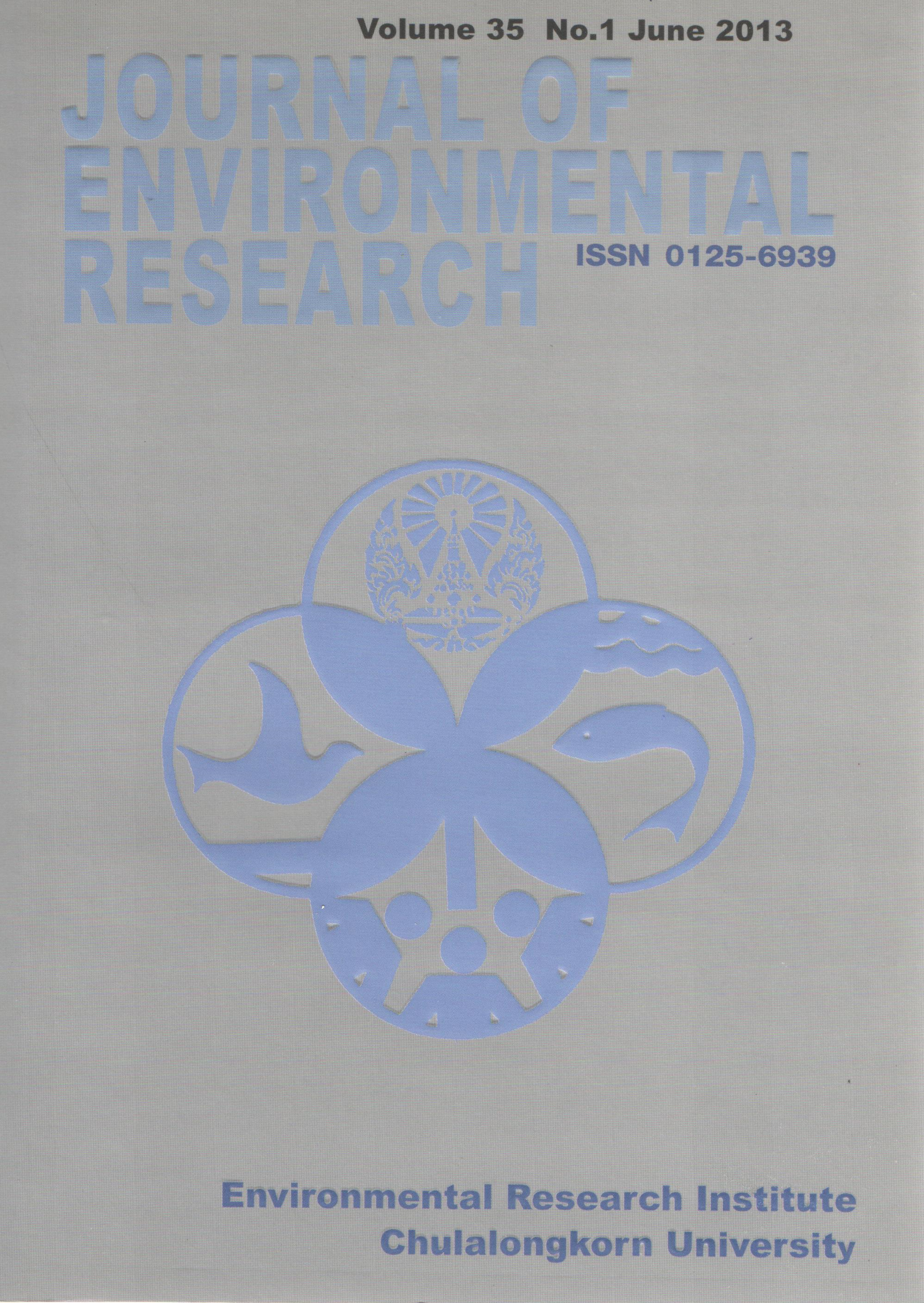Aerosol and Cloud Condensation Nuclei Distribution during Summer Season over Northern Region of Thailand
Main Article Content
Abstract
Background aerosol and cloud condensation nuclei (CCN) measurements are crucial to comprehend the impacts of cloud processes and formations. During summer season from March to May 2012 using all 14 flights of research super king air aircraft, aerosol concentrations (CN) and CCN at super-saturation 0.50 % were carried out over seven provinces in the rural background aerosol of northern Thailand. Aerosol size spectra between 20 nm and 50 m were also measured with combining measurements from the differential mobility analyzer (DMA), passive cavity aerosol spectrometer (PCASP) and fast-forwarding scattering spectrometer probe (FSSP). CCN concentrations were measured with CCN Counter. In March the main source of aerosols is pollutants originated from the burning of vegetative trash in rural areas and wildfires. The median aerosol speotra tend to have the strongest fine mode and also to have the widest spectrum broadening which dominated with a maximum at 0.12 µm. The aerosol number concentration gradually tends to lower in April and May, respectively, whereas in May, the size at maximum number concentration is 0.14 µm being a bigger size when comparing with the size at the beginning of summer season. We have also found that during summertime the fine. mode of aerosol particles is dominated with a maximum value at altitude around 900-1,200 m, approximately 0.10 to 0.20 µm. For CCN number concentrations, which measured with CCN counter, at super-saturation 0.5 % (NCCN0.5 %) in March is exhibited the smallest concentration and become higher in mid-April to May, respectively. During March NCCN0.5 % was largely concentrated on the upper levels between 2,500 to 3,000 m, while NCCN0.5 % are mainly stronger concentration from near surface to 2,500 m and decreasing with height between April and May. The activated fraction (NCCN/NA) has changed from mid-April and also maximum in May; therefore, it is apparent that the active aerosols in May are better than in March.
Article Details

This work is licensed under a Creative Commons Attribution-NonCommercial 4.0 International License.
Published articles are under the copyright of the Applied Environmental Research effective when the article is accepted for publication thus granting Applied Environmental Research all rights for the work so that both parties may be protected from the consequences of unauthorized use. Partially or totally publication of an article elsewhere is possible only after the consent from the editors.

